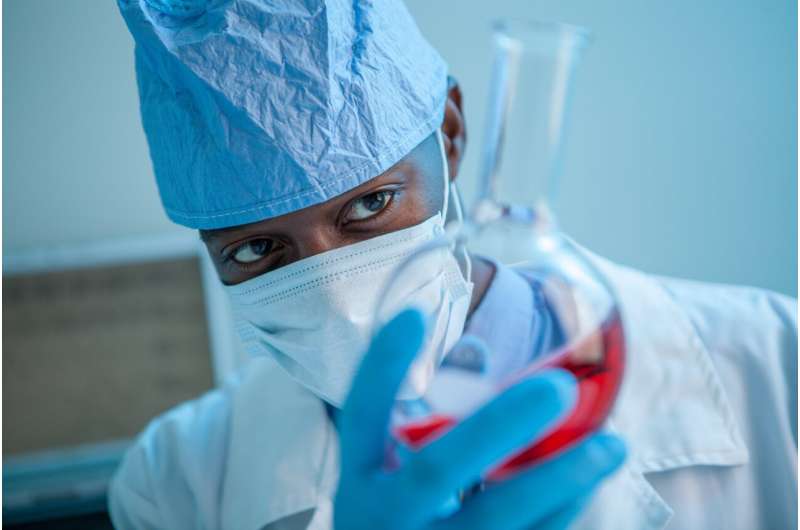Eye-movement tracking glasses are used to evaluate mental stress in first naturalistic study of critical care nurses

The mental workload of intensive care unit nurses can successfully be evaluated using eye-movement tracking glasses.
In research recently published in Human Factors: The Journal of the Human Factors and Ergonomics Society, Nima Ahmadi, a lecturer in the Department of Industrial and Systems Engineering at Rensselaer Polytechnic Institute, and researchers at the Center for Outcomes Research at Houston Methodist employed eye-tracking and physiological monitoring technologies to investigate cognitive load and visual search of stressed nurses. The collected data—ocular and physiological responses—from entire 12-hour nursing shifts were analyzed to evaluate the cognitive loads between day and night shifts as well as to compare the beginning with the middle and the end of shifts. Furthermore, the impact of stress on nurses' visual search was assessed.
His research detected no significant difference in the cognitive levels of the nurses who worked the day shift compared to those working overnight. However, Dr. Ahmadi found that the start of working shifts is more cognitively demanding than the middle and end of ICU shifts, and stressed nurses had shortened fixation, which was accompanied by more sporadic gaze behavior.
"This is the first naturalistic study that employs an eye-tracking technology in behavior assessment of critical care nurses," Dr. Ahmadi said. "Analyzing this rich dataset may shed light on major contributors to nurses' high-stress and demanding episodes and will pave the way for effective interventions to address providers' mental health. We believe this research will provide foundational knowledge that could inform the design of real-time stress monitoring and burnout mitigation systems."
Nurses who work in intensive care units have particularly high workloads that could lead to cognitive overload and medical errors. To support nurses and enhance patients' outcomes, continuous non-intrusive measurements of mental workload and stress are necessary. Previous nursing studies have measured cognitive/mental stress, namely through self-reported instruments or by using metrics such as patient-nurse ratios or patients' acuity scores; these methods fail to capture fluctuation in workload or stress and do not address the general gap in real-time monitoring.
Dr. Ahmadi's study is the first naturalistic study that has attempted to investigate workload and stress in the ICU using ocular metrics and physiological responses including pupil diameter, gaze entropy, fixational, and saccadic eye movements. "Outcomes from this and the follow-up studies will elucidate the complexity of care in ICU and its potential impact on patient safety, and provide much-needed support for providers' mental health," Dr. Ahmadi said.
Next steps for this research would be to use machine learning tools to pinpoint moments of stress and communicate them in real-time to nurse leaders to address complex care delivery needs for critically ill patients.
More information: Nima Ahmadi et al, Quantifying Workload and Stress in Intensive Care Unit Nurses: Preliminary Evaluation Using Continuous Eye-Tracking, Human Factors: The Journal of the Human Factors and Ergonomics Society (2022). DOI: 10.1177/00187208221085335



















